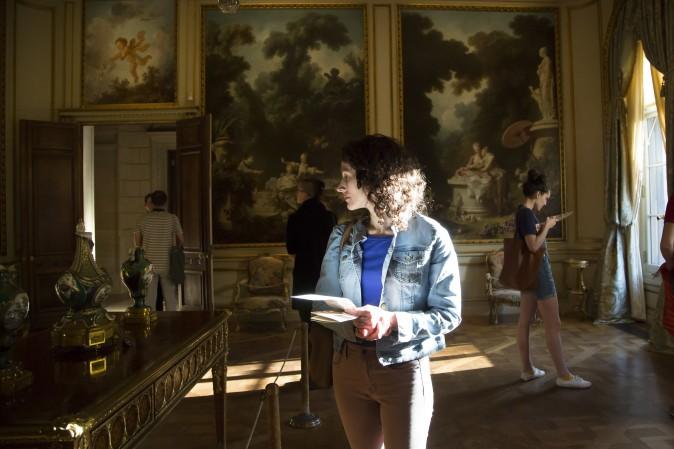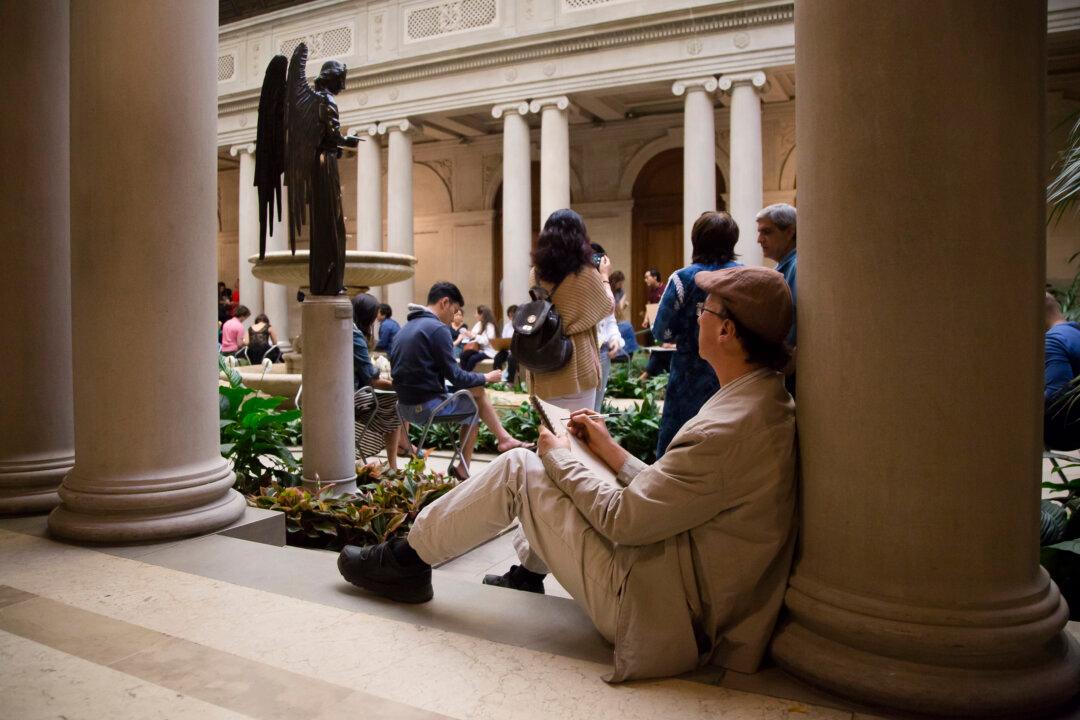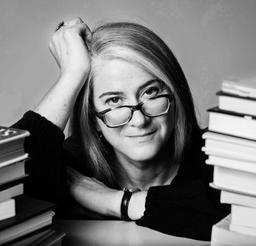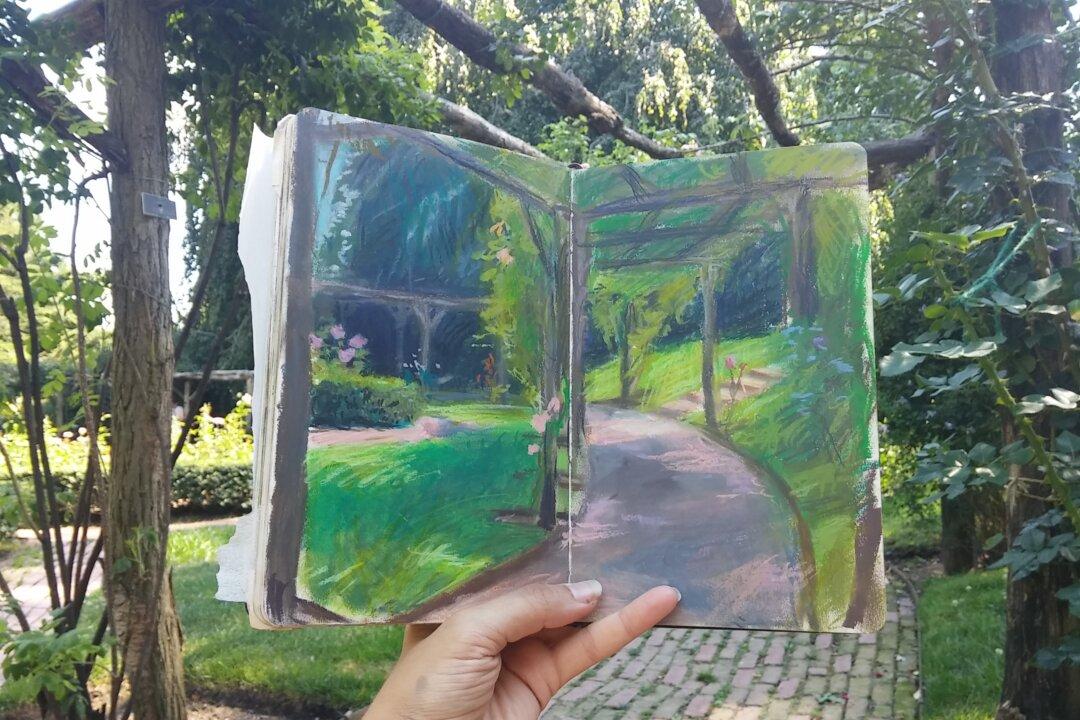NEW YORK—Every first Friday of the month, people wait in a line that circles halfway around the Fifth Avenue block between 70th and 71st streets to enter The Frick Collection. First Fridays is fast becoming the “beloved and well-known New York tradition” that the director of the museum, Ian Wardropper, had hoped the event would become when it started in October last year.
[gallery size=“medium” ids=“2255241,2255239,2255242,2255236”]
Once inside, you see each room, gallery, and hall teeming with people eagerly absorbing exquisite art—paintings by Rembrandt, Johannes Vermeer, Diego Velazquez, Anthony Van Dyck, William Turner, and Jean-Auguste-Dominique Ingres, to name a few of the giants, among sculptors and decorative artists in the collection. During set times throughout the evening, museum educators and curators give talks and lectures about the museum, special collections, or specific masterpieces.
In the Garden Court, people take a break from looking at art to create their own by sketching and drawing, with paper and pencils provided on the house, or they may enter the Music Room to enjoy a live concert. This month, the Fat Afro Latin Jazz Cats performed throughout the evening. Previous months featured string quartets, pianists, and solo cellists, as well as dance performances.
[gallery size=“medium” ids=“2255258,2255255,2255251,2255256,2255263,2255297,2255254,2255264”]
These visitors are here not for mere chitchat and drinks, but to socialize in the spirit of sharing their experiences of beautiful art. The atmosphere is airy and uplifting, too lively for any ghosts to linger around. Yet the presence of Henry Clay Frick’s taste can be fully felt, as his wishes continue to be fulfilled.
A Generous Lover of Art for All
Born into a relatively modest family in rural Pennsylvania, and with little formal education, Frick (1849–1919) made his fortune building the world’s largest coke (fuel) and steel operations. At the height of the Gilded Age, he partnered with the Carnegie Brothers and played a major role in forming the United States Steel Corporation. But before he had made his first million by the age of 30, he had already started to collect art. He collected drawings, prints, paintings, sculptures, porcelains, silver, enamels, furniture, and rugs for over 40 years. He only collected what he loved and would like to live with in his family home.







